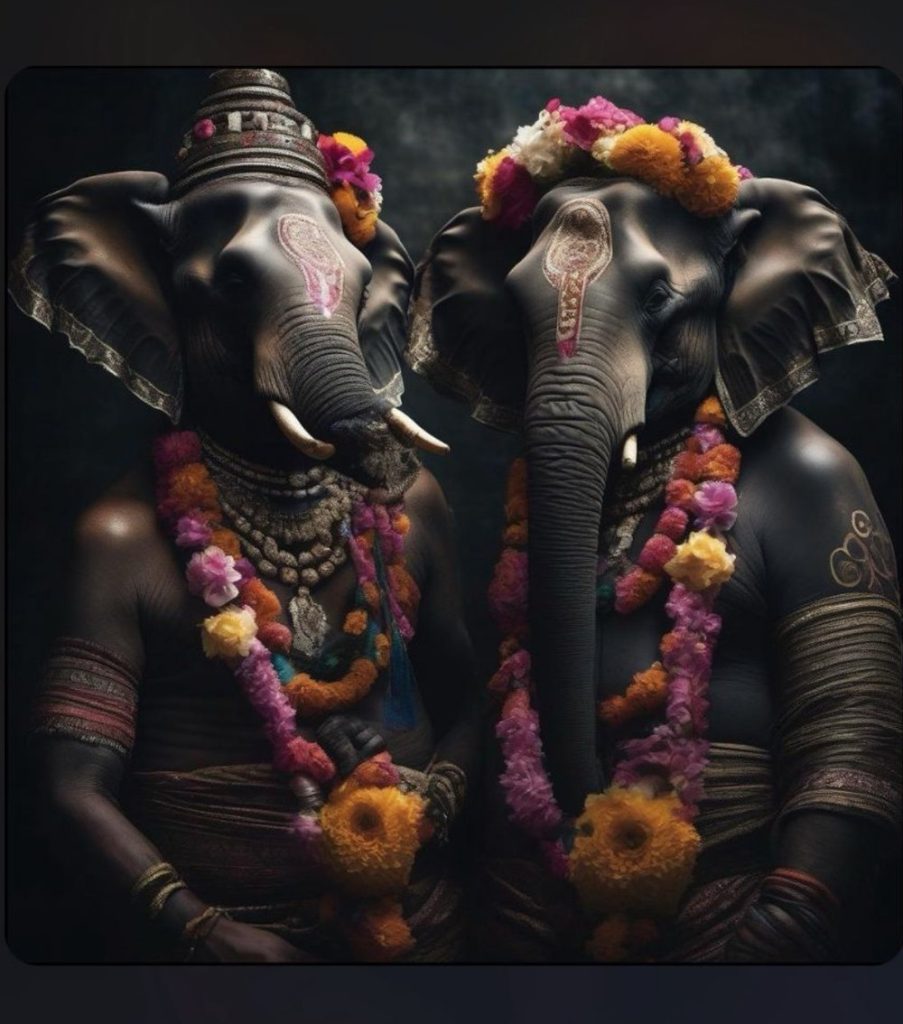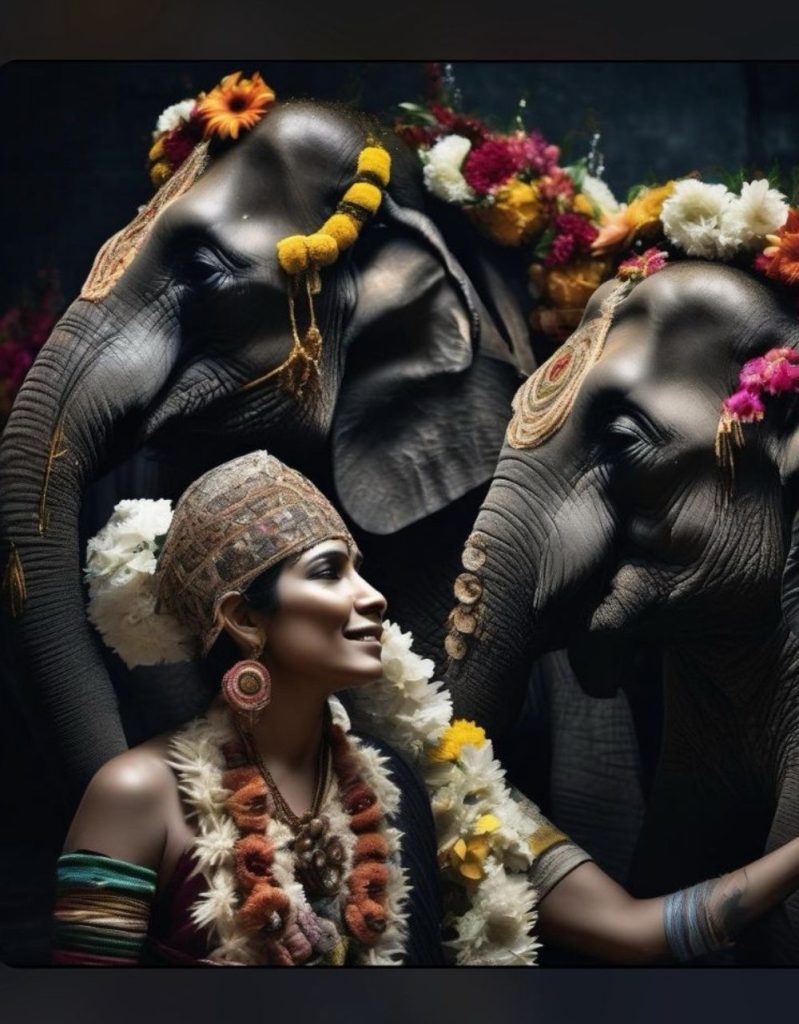As the year 2024 is almost over, it’s an ideal time to reflect on the voices that have reshaped the cultural landscape. One such voice is Camille Ross, a photographer whose work captures the complexity of identity, heritage, and humanity. Born in 1964 in San Francisco, California, Ross’s life journey spans the countercultural energy of 1970s Berkeley and the stark traditions of rural Mississippi. These two contrasting environments profoundly influenced her artistic perspective and defined her approach to storytelling.

Ross’s biracial heritage and Cherokee roots play a central role in her artistic identity. Growing up, she experienced the harsh realities of segregation and systemic racism firsthand. These experiences not only shaped her worldview but also became the foundation of her work, which seeks to uplift voices from the margins and bring attention to overlooked narratives.
Her education was a stepping stone in this mission. After graduating from Goddard College, she earned her MFA from the Cranbrook Academy of Art in 1991. Over the years, Ross has been recognized by institutions like the New Mexico Council on Photography, the Tucson Council on the Arts, and the International Women’s Foundation of Marfa, Texas, where she received a fellowship to continue exploring themes of cultural and social complexity.

Among her many thought-provoking projects is The Gathering of the Elephants, a photographic series that immerses viewers in the life of a remote Indian village. Here, elephants are more than animals—they are revered beings, central to the community’s cultural and spiritual identity. Ross captures the villagers’ annual festival, where elephants are adorned with floral garlands of marigolds, orchids, and carnations. These images convey the harmony between humans and elephants, a connection rooted in mutual respect and shared rituals.
Ross’s lens goes beyond the festival, delving into the village’s daily rhythm. The villagers lead a sustainable lifestyle, cultivating vegetables, flowers, and mango orchards that sustain both humans and elephants. Her photographs show elephants roaming freely, nurturing their young, and interacting with residents. The bond between the two is palpable, reflecting a model of coexistence that feels both inspiring and aspirational.

One of the most memorable figures in the series is the village doctor and her elephant companion, Shanti. Ross documents their daily walks, emphasizing the deep interdependence between people and animals in the village. Shanti, like the doctor herself, is a symbol of healing and harmony—a recurring theme throughout Ross’s work.
While The Gathering of the Elephants is one of her standout series, it is far from her only exploration of underrepresented communities. Across her portfolio, Ross consistently focuses on lives and stories often ignored by mainstream narratives. Her photography doesn’t just document; it invites engagement, asking viewers to reflect on the interconnectedness of culture, environment, and humanity.
Ross’s ability to capture both human and non-human connections with such authenticity is a testament to her respect for her subjects. Her work encourages deeper conversations about how we relate to one another and to the natural world. It’s this respect and thoughtfulness that make her photography resonate on both personal and universal levels.
As Camille Ross continues her artistic journey, her commitment to addressing social justice through her work remains unwavering. Whether she’s documenting cultural rituals in faraway places or addressing systemic inequalities closer to home, her lens bridges divides and fosters understanding. In a world often defined by separation, Ross’s art reminds us of the profound connections we all share.
Her photographs inspire empathy and provoke thought, encouraging us to look beyond the surface and into the heart of stories waiting to be told. As we bid farewell to 2024, Ross’s work stands as a beacon for what art can achieve—a bridge between worlds, a call to action, and a celebration of the resilience and beauty found in every corner of humanity.

